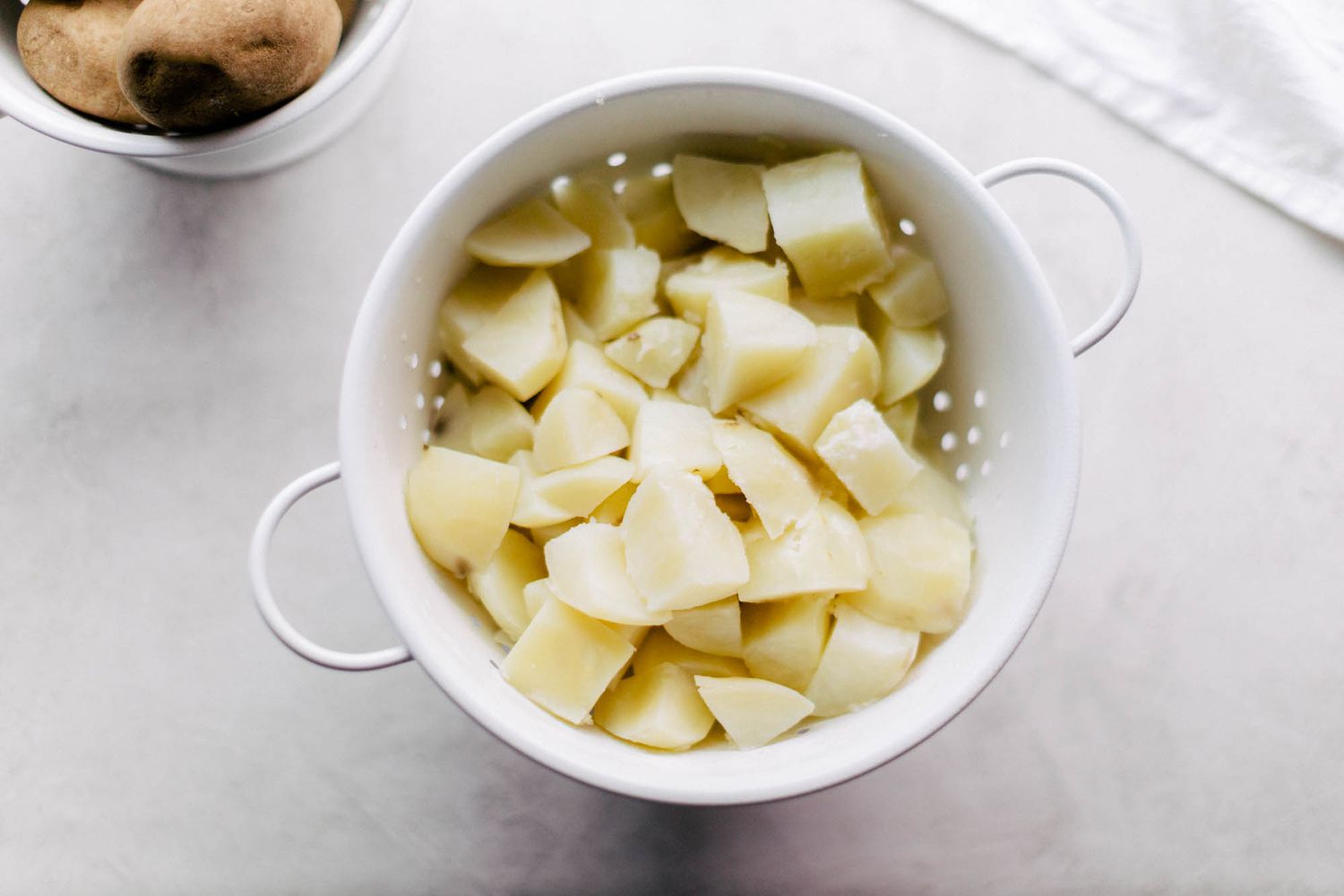

Articles
How To Store Boiled Potatoes
Modified: August 27, 2024
Learn the best way to store boiled potatoes and keep them fresh for longer with these helpful articles on proper storage and handling techniques.
(Many of the links in this article redirect to a specific reviewed product. Your purchase of these products through affiliate links helps to generate commission for Storables.com, at no extra cost. Learn more)
Introduction
Boiled potatoes are a versatile and delicious ingredient that can be enjoyed in a variety of dishes. Whether you’re making mashed potatoes, potato salad, or simply enjoying them as a side dish, knowing how to store boiled potatoes properly is essential to keep them fresh and flavorful.
Improper storage can lead to the potatoes becoming mushy, discolored, or even spoiled. To ensure that your boiled potatoes remain in their best condition, it’s important to follow a few simple steps. In this article, we will guide you through the process of storing boiled potatoes in both the refrigerator and the freezer.
By following these storage techniques, you’ll be able to enjoy the convenience of having pre-cooked potatoes on hand for quick and easy meals whenever you need them. Let’s dive in and learn how to store boiled potatoes!
Key Takeaways:
- Properly storing boiled potatoes is crucial for maintaining their freshness and flavor. Follow the steps to cool, refrigerate, or freeze them to enjoy convenient and delicious pre-cooked potatoes for future meals.
- Reheating stored boiled potatoes can be done using various methods such as microwave, oven, or stovetop. Be mindful of the reheating time to preserve the texture and flavor of the potatoes.
Read more: How To Store Boiled Chicken
Step 1: Allow the Potatoes to Cool
After boiling the potatoes, it’s crucial to allow them to cool to room temperature before storing them. This step is important because if you store hot or warm potatoes, it can create a moist environment in the storage container, leading to the growth of bacteria.
To cool the potatoes efficiently, transfer them from the boiling water to a colander or strainer. Gently shake off any excess water and let them sit for about 10-15 minutes. This will allow the steam to escape and the potatoes to cool down.
It’s essential to avoid rushing this step by placing hot potatoes directly into the refrigerator or freezer. This can not only compromise the texture and taste of the potatoes but also affect the overall storage process.
By patiently allowing the potatoes to cool to room temperature, you’ll ensure that they retain their moisture and quality during storage.
Step 2: Store in the Refrigerator
Once the boiled potatoes have cooled down to room temperature, it’s time to store them in the refrigerator. Refrigeration is an excellent method to keep boiled potatoes fresh for several days.
To store the potatoes properly, follow these steps:
1. Find an airtight container: Choose a container that is large enough to comfortably hold all the potatoes without overcrowding them. It’s best to use a container with a tight-fitting lid to maintain the freshness and prevent any odors from transferring to the potatoes.
2. Line the container with paper towels: Place a layer of paper towels at the bottom of the container. The paper towels help absorb any excess moisture from the potatoes, keeping them fresh and preventing them from becoming mushy.
3. Place the boiled potatoes in the container: Arrange the cooled boiled potatoes in the container, ensuring that they are not stacked on top of each other. Leave some space between the potatoes to allow for air circulation.
4. Seal the container tightly: Close the lid of the container securely to create an airtight seal. This will prevent air from entering the container and help maintain the freshness of the potatoes.
5. Store in the refrigerator: Place the container of boiled potatoes in the refrigerator, preferably on a shelf rather than in the door or the crisper drawer. The temperature inside the refrigerator should be set between 35-40°F (1-4°C) to keep the cooked potatoes fresh.
By following these steps, you can keep boiled potatoes fresh in the refrigerator for up to 3-4 days. They will still be tasty and ready to be used in your favorite recipes.
Step 3: Store in the Freezer (Optional)
If you want to extend the shelf life of your boiled potatoes beyond a few days, storing them in the freezer is a great option. Freezing boiled potatoes allows you to have a convenient and readily available ingredient that can be used in various dishes.
Here’s how you can freeze boiled potatoes:
1. Prepare the potatoes for freezing: Start by allowing the boiled potatoes to cool completely, following the instructions in Step 1. Once cooled, you can choose to leave the skins on or peel them off, depending on your preference.
2. Cut the potatoes into desired sizes: Cut the cooled boiled potatoes into chunks or slices, depending on how you plan to use them in future dishes. It’s best to cut them into uniform pieces to ensure even cooking and reheating.
3. Flash freeze the potatoes: Place the cut potatoes on a baking sheet lined with parchment paper or a silicone mat, ensuring that they are not touching each other. This process, known as flash-freezing, will prevent the potatoes from sticking together and make it easier to grab a desired portion later.
4. Freeze the potatoes: Transfer the baking sheet with the cut potatoes into the freezer and let them freeze for a few hours or until they are completely frozen. This usually takes around 2-3 hours.
5. Transfer to a freezer-safe container: Once the potatoes are frozen, remove them from the baking sheet and transfer them to a freezer-safe container or resealable freezer bags. Make sure to label the container or bags with the date to keep track of their freshness.
6. Store in the freezer: Place the container or bags of frozen boiled potatoes in the freezer. They can be stored for up to 3 months without compromising their quality.
To use the frozen boiled potatoes, simply take out the desired amount from the freezer and thaw them in the refrigerator overnight. They can then be reheated or used in your favorite recipes.
Note: While freezing boiled potatoes is a great option for storage, it’s important to keep in mind that the texture of the potatoes may change slightly after freezing. They may become slightly softer or more crumbly compared to fresh boiled potatoes.
By following these steps, you can enjoy the convenience of having pre-cooked potatoes ready for use at any time.
Store boiled potatoes in an airtight container in the refrigerator for up to 3-5 days. To prevent them from turning brown, toss them with a little bit of lemon juice before storing.
Step 4: Reheating Stored Boiled Potatoes
When it comes to reheating stored boiled potatoes, there are different methods you can choose from depending on your preference and the desired outcome. Here are a few options to consider:
1. Microwave: This is the quickest and most convenient method for reheating boiled potatoes. Simply place the desired amount of stored boiled potatoes in a microwave-safe dish and cover it with a microwave-safe lid or microwave-safe plastic wrap. Heat the potatoes on high for 1-2 minutes, then stir and continue heating in 30-second intervals until they are heated through.
2. Oven: Reheating boiled potatoes in the oven takes a bit more time but can yield excellent results, especially if you want to achieve a crispy texture. Preheat your oven to 350°F (175°C). Place the stored boiled potatoes in an oven-safe dish and cover it with aluminum foil to prevent them from drying out. Bake for about 15-20 minutes or until the potatoes are thoroughly heated.
3. Stovetop: If you prefer to reheat your boiled potatoes on the stovetop, you can do so by gently heating them in a skillet or a saucepan. Add a little bit of oil or butter to the pan and heat it over medium heat. Add the stored boiled potatoes and stir occasionally until they are heated through.
Regardless of the reheating method you choose, keep in mind that overcooking can result in mushy or overly soft potatoes. To ensure that the potatoes retain their texture and flavor, be mindful of the reheating time and keep a close eye on them during the process.
Once the stored boiled potatoes are reheated, you can enjoy them as is, or use them in your favorite recipes such as mashed potatoes, potato salad, or as a side dish to complement your main course.
Now that you know how to properly reheat stored boiled potatoes, you can enjoy their deliciousness without compromising their quality.
Read more: How To Store Boiled Pasta
Step 5: Tips for Successful Potato Storage
To ensure that your stored boiled potatoes remain fresh, flavorful, and safe to consume, consider the following tips:
1. Choose the right potatoes: Different types of potatoes have varying textures and starch content, which can affect their storage life. For longer storage, choose potatoes with a lower moisture content, such as Russet or Yukon Gold potatoes.
2. Store potatoes separately from other produce: Potatoes emit a gas called ethylene, which can cause fruits and vegetables to ripen and spoil faster. To prevent this, store potatoes separately from other produce or place them in a drawer or bin specifically designated for potatoes.
3. Check for any signs of spoilage: Before storing the boiled potatoes, carefully inspect them for any signs of spoilage, such as mold, soft spots, or an unpleasant odor. Discard any potatoes that show these signs to prevent the spread of spoilage to the rest of the batch.
4. Avoid storing raw and cooked potatoes together: Raw potatoes have different moisture levels and can potentially transfer moisture to the cooked potatoes, making them soggy. It’s best to store raw and cooked potatoes separately to maintain their respective qualities.
5. Keep an eye on temperature and humidity: Potatoes are best stored in a cool, dry, and dark environment. Ensure that the storage area doesn’t have excessive humidity, as this can cause the potatoes to sprout or rot. Aim for a temperature between 45-50°F (7-10°C) for long-term storage.
6. Use them within a reasonable time frame: While properly stored boiled potatoes can last for several days in the refrigerator or several months in the freezer, it’s best to use them within a reasonable time frame to ensure optimal taste and quality.
7. Consider portioning for convenience: If you frequently use boiled potatoes in your recipes, consider portioning them before storing. This way, you can easily grab the desired amount for your meals without having to thaw or heat the entire batch.
By following these tips, you can maximize the shelf life of your stored boiled potatoes and enjoy their deliciousness in your favorite dishes.
Conclusion
Knowing how to store boiled potatoes properly is essential to maintain their freshness, flavor, and texture. Whether you choose to store them in the refrigerator or freezer, following the right steps will ensure that your boiled potatoes remain in their best condition for future use.
By allowing the potatoes to cool before storing, using airtight containers, and keeping them at the optimal temperature and humidity, you can enjoy the convenience of having pre-cooked potatoes ready whenever you need them. Freezing boiled potatoes can further extend their shelf life, providing you with an even longer window of time to use them.
When it comes to reheating stored boiled potatoes, there are multiple methods to choose from, including the microwave, oven, or stovetop. Select the method that suits your preference and desired outcome, being mindful not to overcook the potatoes to prevent them from becoming mushy.
Remember to store boiled potatoes separately from other produce and check for any signs of spoilage before storing them. And finally, use your stored boiled potatoes within a reasonable time frame to ensure the best flavor and quality.
With these tips and techniques, you can confidently store and reheat boiled potatoes, making meal preparation more convenient and time-saving. So go ahead and boil up a batch of potatoes, knowing that you have the skills to store them properly and enjoy their deliciousness whenever the craving strikes!
Now that you've mastered storing boiled potatoes, why not broaden your kitchen expertise? Check out our latest guide on proper food storage techniques. Packed with invaluable insights, this article ensures your groceries remain fresh and tasty, maximizing efficiency in the kitchen. Don't miss out on crucial tips that can revolutionize your meal prep and daily cooking routines. Perfect your food preservation skills with us!
Frequently Asked Questions about How To Store Boiled Potatoes
Was this page helpful?
At Storables.com, we guarantee accurate and reliable information. Our content, validated by Expert Board Contributors, is crafted following stringent Editorial Policies. We're committed to providing you with well-researched, expert-backed insights for all your informational needs.

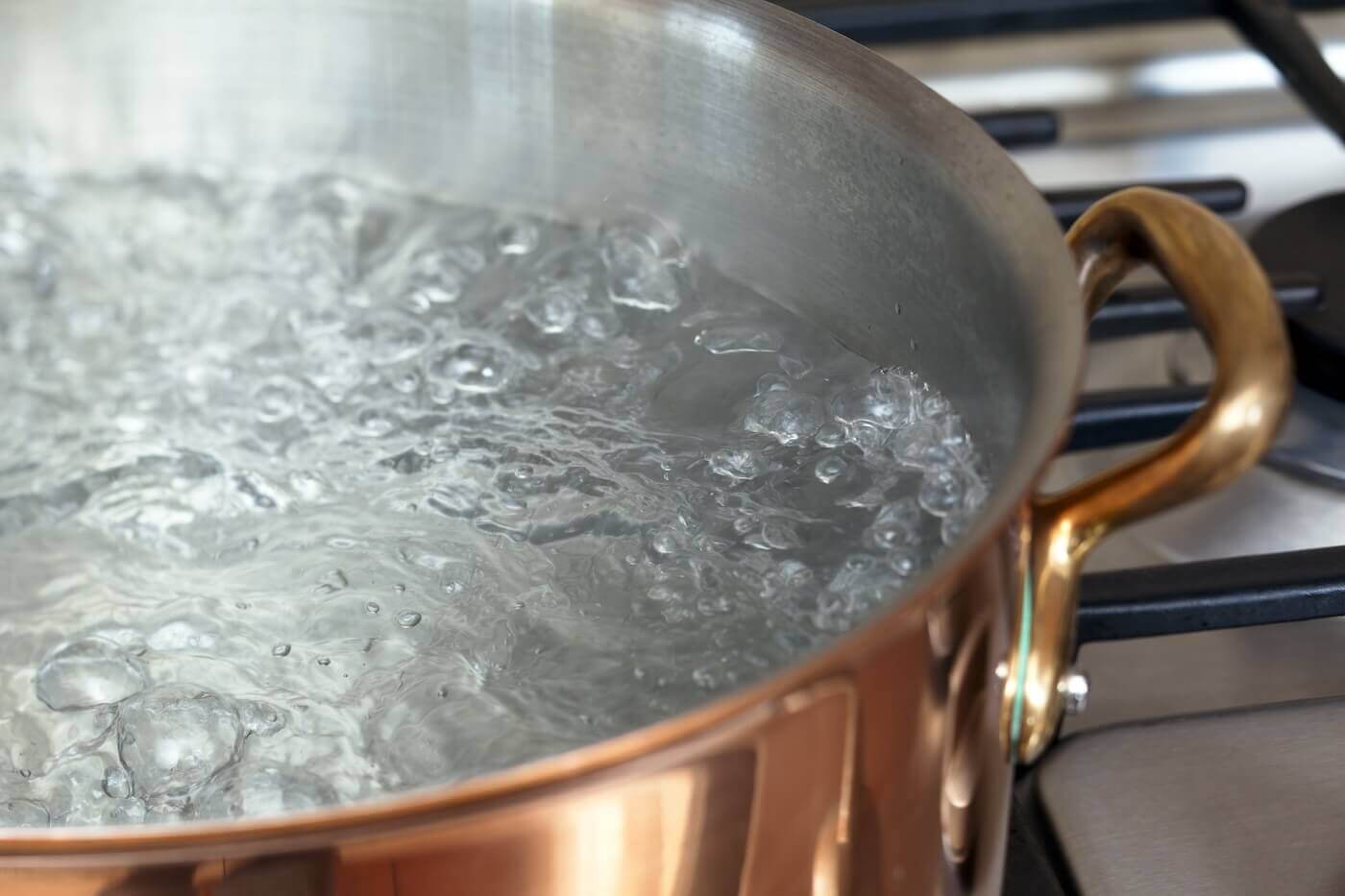
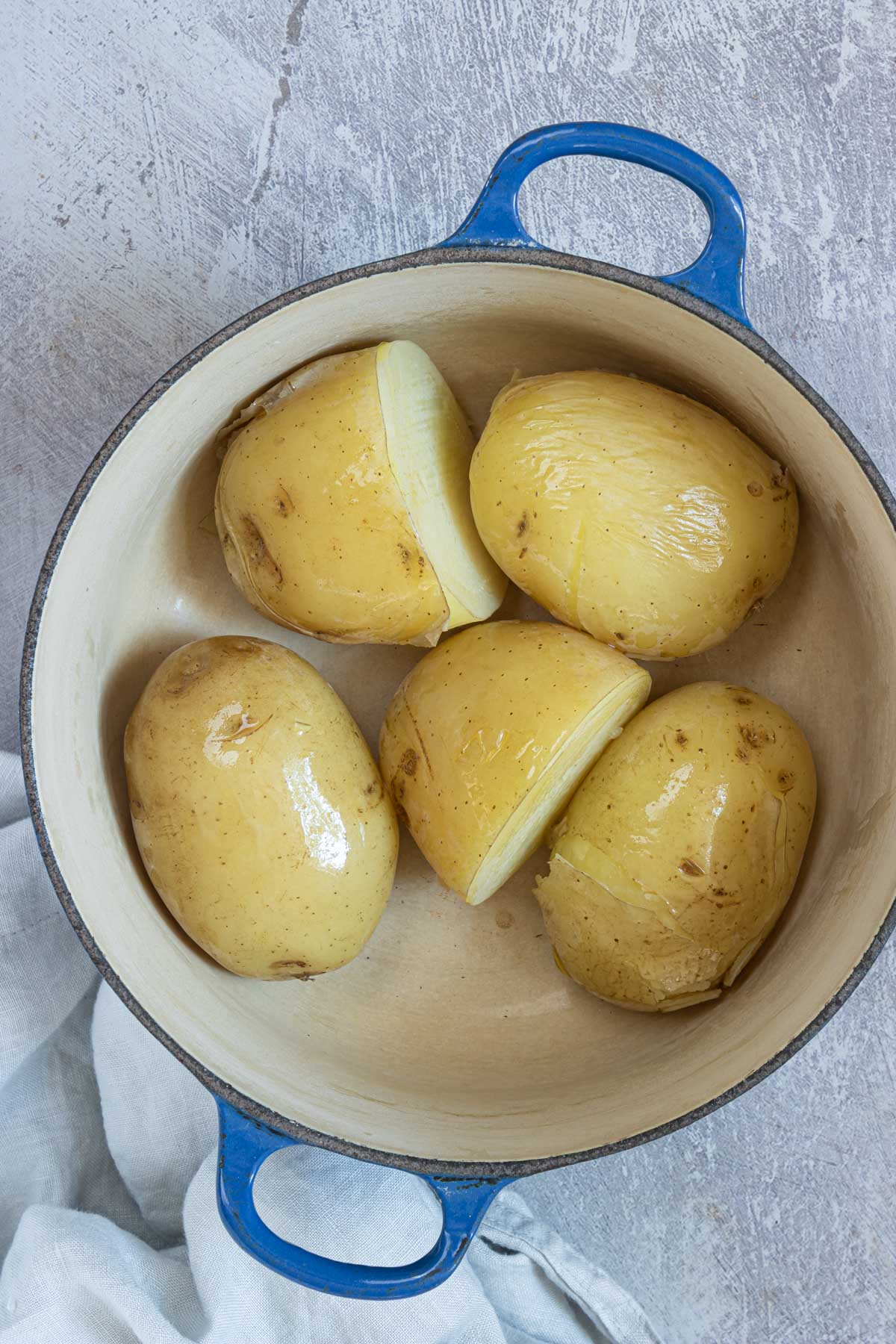

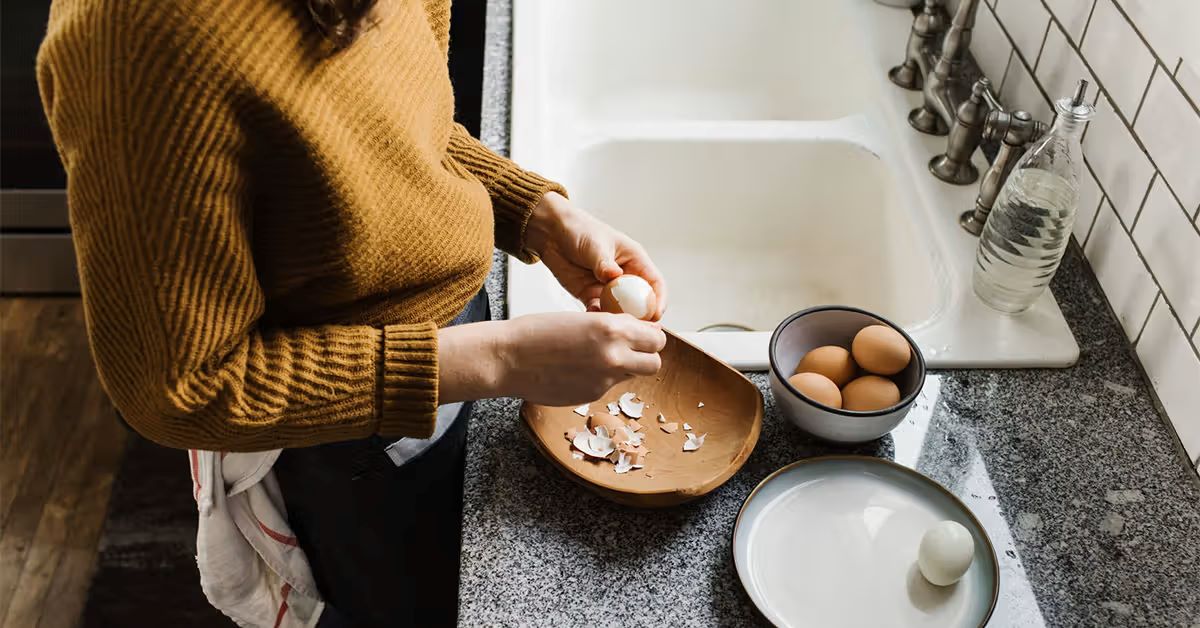

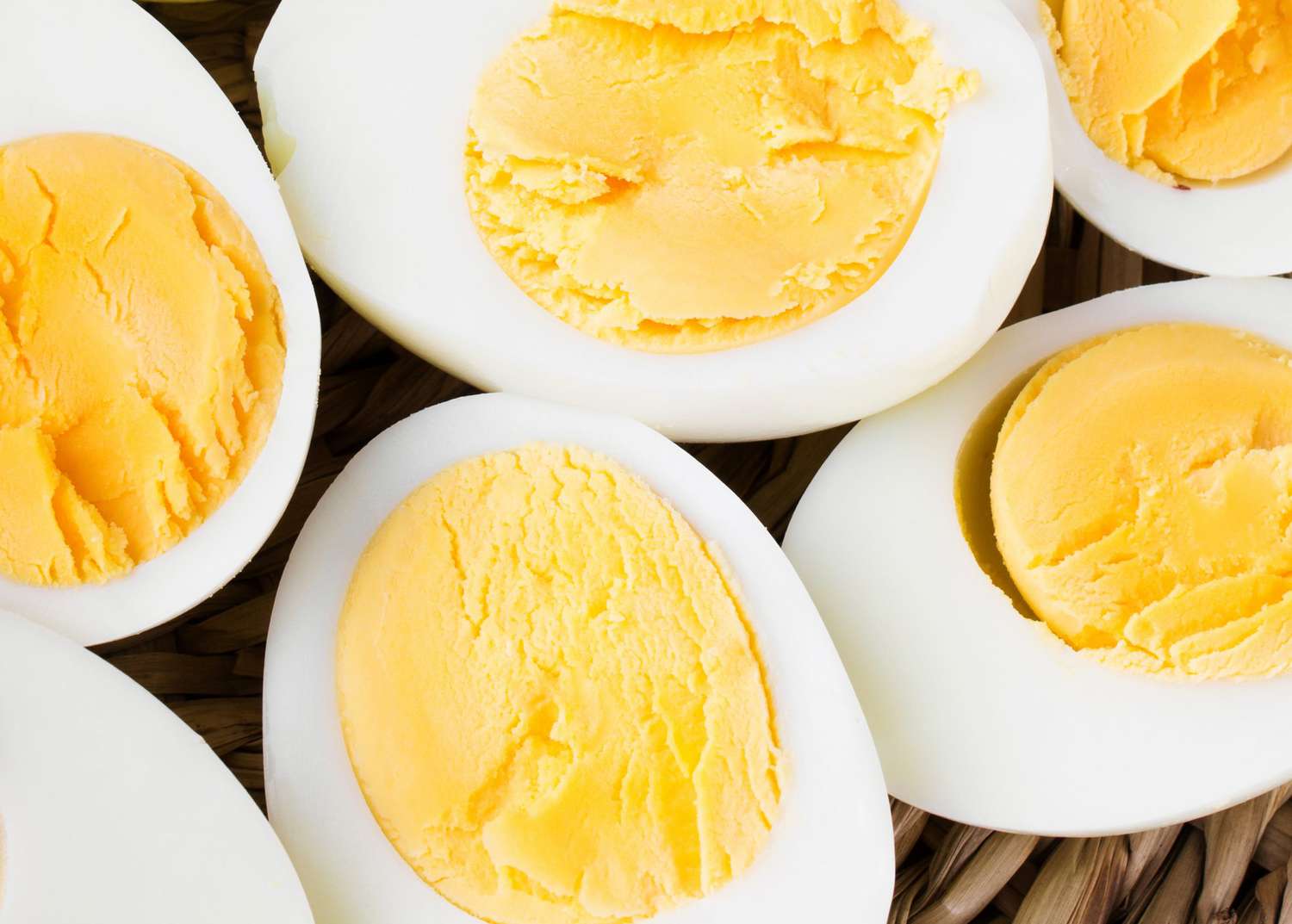

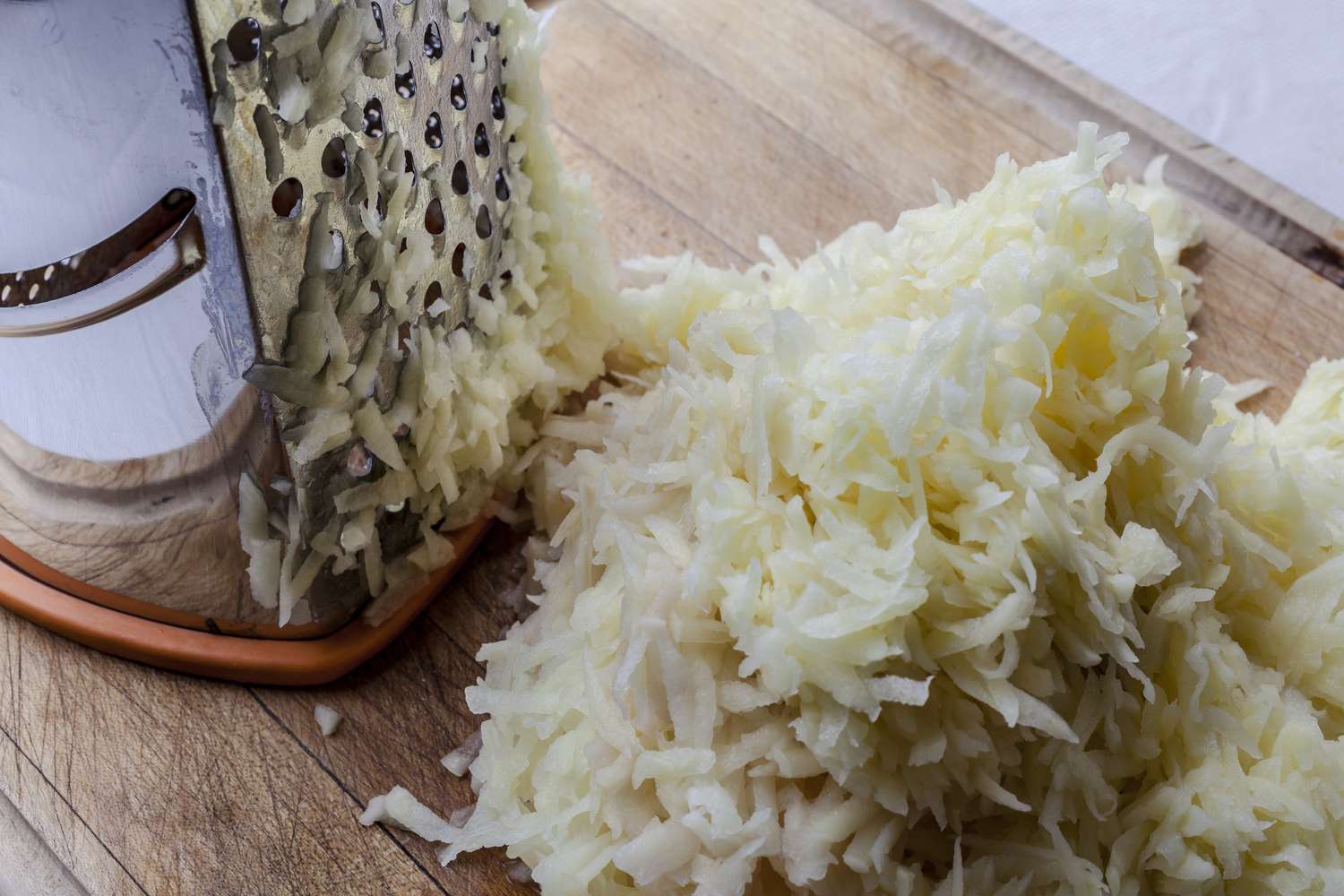



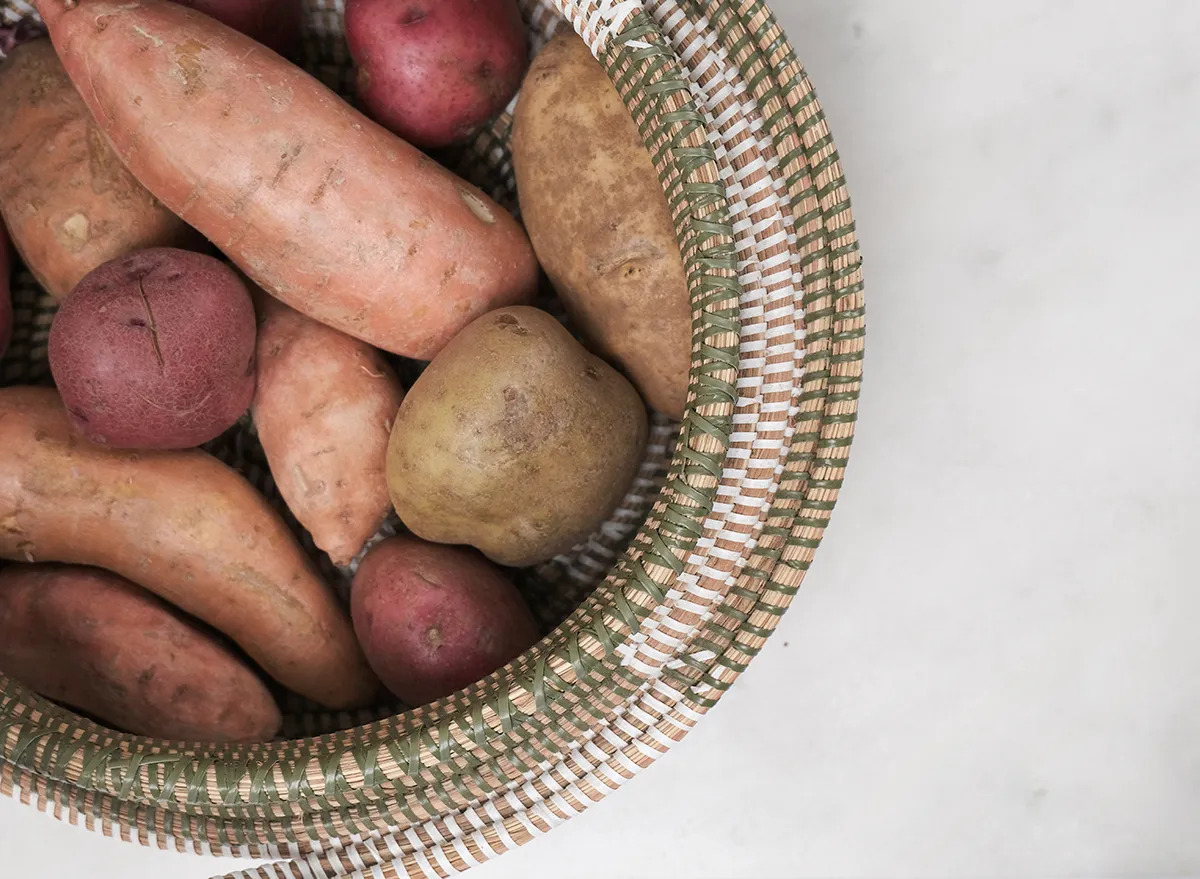


0 thoughts on “How To Store Boiled Potatoes”